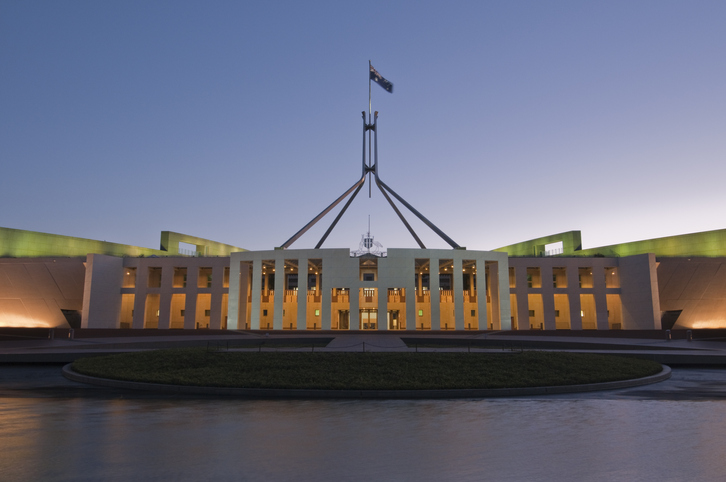
Australia’s peak motoring body says the Government should be more transparent regarding its proposed New Vehicle Efficiency Standard, as motorists deserve to know how it will change vehicle choices and prices.
The AAA has long supported the Commonwealth introducing an efficiency standard, which could help Australia maintain access to a first-world vehicle fleet. However, the AAA is mindful that a poorly designed standard and overly stringent targets will deliver bad outcomes for both consumers and the environment.
The AAA submission to Cleaner, Cheaper to Run Cars: The Australian New Vehicle Efficiency Standard consultation process highlights the need for Government to better demonstrate how it has balanced the Standard’s ambition and achievability, and again calls on the Government to share analysis of how its preferred model will affect the 9.3 million members of AAA clubs.
Economic analysis by The Centre for International Economics (commissioned by the AAA and attached to the submission) suggests compliance with the Government’s preferred model will require very dramatic changes to Australia’s passenger and light commercial fleets and quantifies the relative price changes needed to shift motorists’ behaviours and preferences.
The submission also flags the issues relating to growing EV uptake which the Government must urgently address, including Australia’s roll-out of charging infrastructure; skills shortages; and the inequity and unsustainability of motoring taxation.
AAA Managing Director Michael Bradley said: “Regulation to modernise Australia’s vehicle fleet would benefit some consumers and impose costs on others, and the Government must be more open about both sides of this equation if it is to garner community support and reduce political division.
“The AAA encourages both sides of politics to work towards implementing an efficiency standard that is both ambitious and achievable.”
The Government says its proposed plan will align Australia with the equivalent regulation in the USA by 2028, which the AAA would consider as being sensible. However, the AAA submission questions how the Government’s preferred model would do this given:
- the US EPA’s standard excludes heavier pickup trucks.
- the USA has not locked in its targets beyond 2026 (and recent media reports suggest proposed USA targets beyond 2026 are being reconsidered).
- the US EPA’s standard allows the pooling and trading of various credits which make it easier for carmakers to comply.
- the USA uses a different laboratory test procedure to determine vehicle CO2 emissions.
- the USA standard uses different methodology to measure vehicles (footprint Vs mass)
In addition, the US Inflation Reduction Act provides subsidies and credits to makers and buyers of cleaner cars, which include:
- payments of up to up to US$7,500 per vehicle
- US$3 billion to the Advanced Technology Vehicle Manufacturing Loan Program (to subsidise the manufacture of vehicles and their components)
- US$2 billion to the Domestic Manufacturing Conversion Grants, (to fund manufacturers’ retooling of production lines for clean vehicles)
- USD$3 billion for electrifying the US Postal Service fleet, including vehicles and charging infrastructure
- US$1 billion to states, municipalities, Indian tribes, or non-profit school transportation associations to replace heavy-duty vehicles with EVs
- Commercial Clean Vehicles Credit to defray up to 30 per cent of the cost of replacing ICE commercial vehicles with electric vehicles
- a credit of up to USD$4,000 per vehicle under the Previously-Owned Clean Vehicles Credit to support used vehicle buyers who choose to go electric.
Furthermore, 19 US states offer additional incentives for EV buyers of up to US$7,500 per car.
The AAA submission “congratulates the Government on committing to the development of a NVES and encourages the Government to be more transparent with its modelling and its quantification of the impacts of its preferred option on different vehicle categories, vehicle types and vehicle models.”
The Government paid Acil Allen $748,545 for economic analysis associated with the development of the NVES, but this work is not publicly available. The AAA is very concerned by the lack of detail in the Government’s published analysis on the achievability of its preferred targets, particularly those relating to 4WDs and the light commercial fleet.
The AAA submission says: “Before a NVES is legislated, the AAA would like different vehicle buyers to be able to fully understand the positive and negative impacts of the standard on their future vehicle choices.
“Given the global lack of affordable and ready alternatives for existing popular vehicles, it is incumbent on the Government to provide robust analysis showing how it sees its headline targets for light commercial vehicles being met.”
The AAA submission is available







